One of the more influential aspects on our health output is based upon the gut microbiome. It's a collection of microorganisms found throughout the digestive tract that facilitate countless processes and ultimately help the body run like a fine-tuned machine. These are not inconsequential bacteria; they have a significant impact on digestion, immune system, metabolic functioning, and cognitive health.
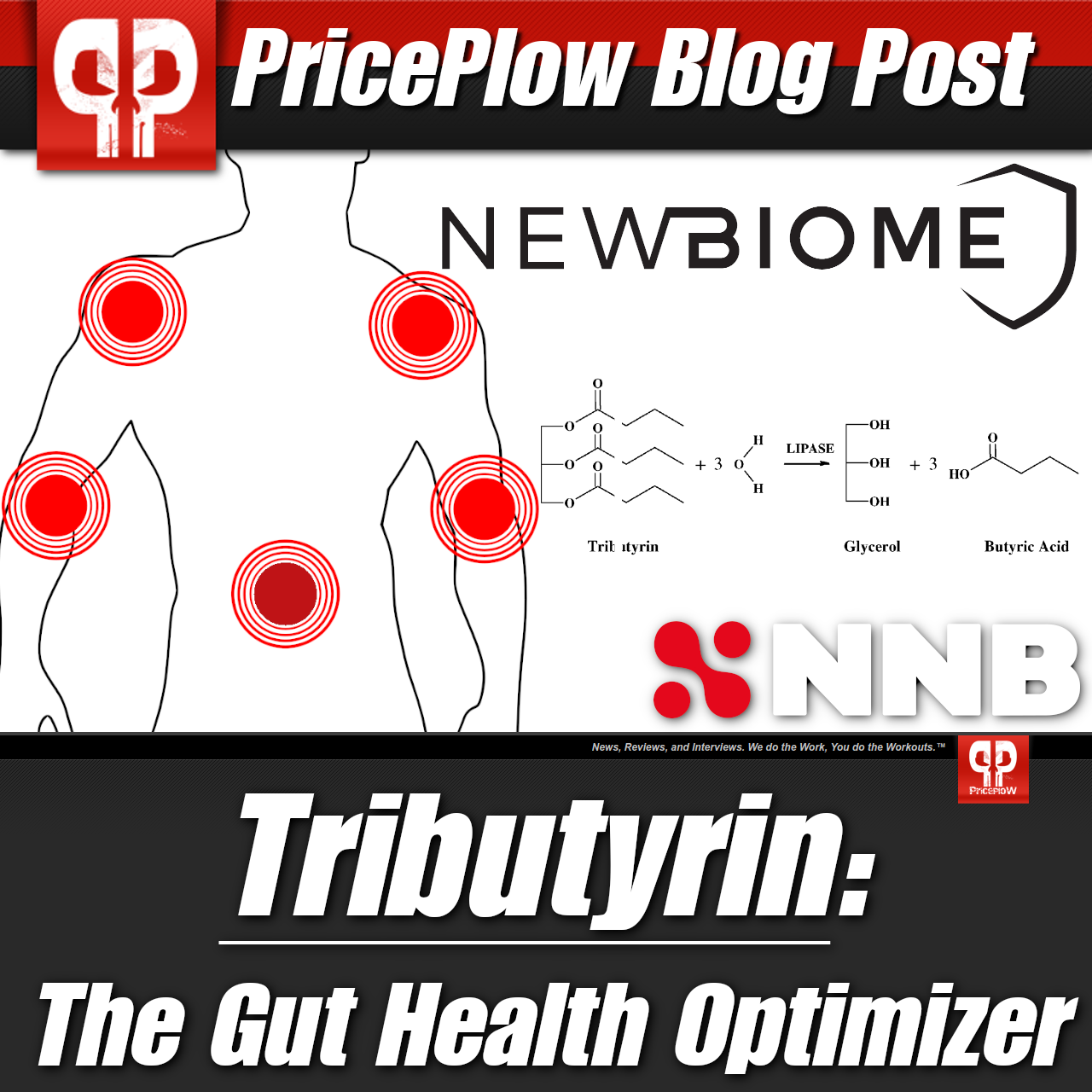
Meet Tributyrin: The gut health optimizer that generates the critical short-chain fatty acid, butyrate. In this article, we dive deep into this next-generation health supplement
Each year, the scientific community builds upon existing knowledge of gut microbiome and its importance. Maintaining a healthy gut is extremely important when striving for optimal health.
Generating short-chain fatty acids with tributyrin
After years of research, we've discovered some incredible ways to improve gut health. One way is to ensure it's provided an ample amount of prebiotics, which are compounds in fiber-rich foods that the gut uses to produce short-chain fatty acids (SCFAs) responsible for carrying out critical functions.
Introducing SCFAs through supplementation can be effective as well, which makes a compound like tributyrin extremely useful. Tributyrin is a more efficient, pharmacokinetically superior variant of butyrate, one of the more influential SCFAs. Tributyrin makes it possible to increase the levels of butyrate in the colon, supplying the digestive tract with fuel it needs to achieve and maintain healthy functioning.
In this post, we're going to tell you all you need to know about this potent fatty acid, covering its chemical makeup, bioactivity, benefits, and potential uses in terms of sports supplements. We specifically get into NewBiome, the industry's premier form of tributyrin from NNB Nutrition. Before we get going, however, make sure you're subscribed to PricePlow below. This will ensure that we can keep you up-to-date with the latest deals and industry news.
Subscribe to PricePlow's Newsletter and Alerts on These Topics
Background: What makes gut health so important?
The sports supplements industry has evolved significantly in recent years. At first, formulating or taking a new supplement often had one specific goal in mind: to improve performance. Pre-workouts prepared you for a tough training session, while protein powders made it tasty and convenient to recover and rebuild afterward. Products such as multivitamins, which are more concerned with overall wellness than any short-term benefit, were somewhat of an afterthought.
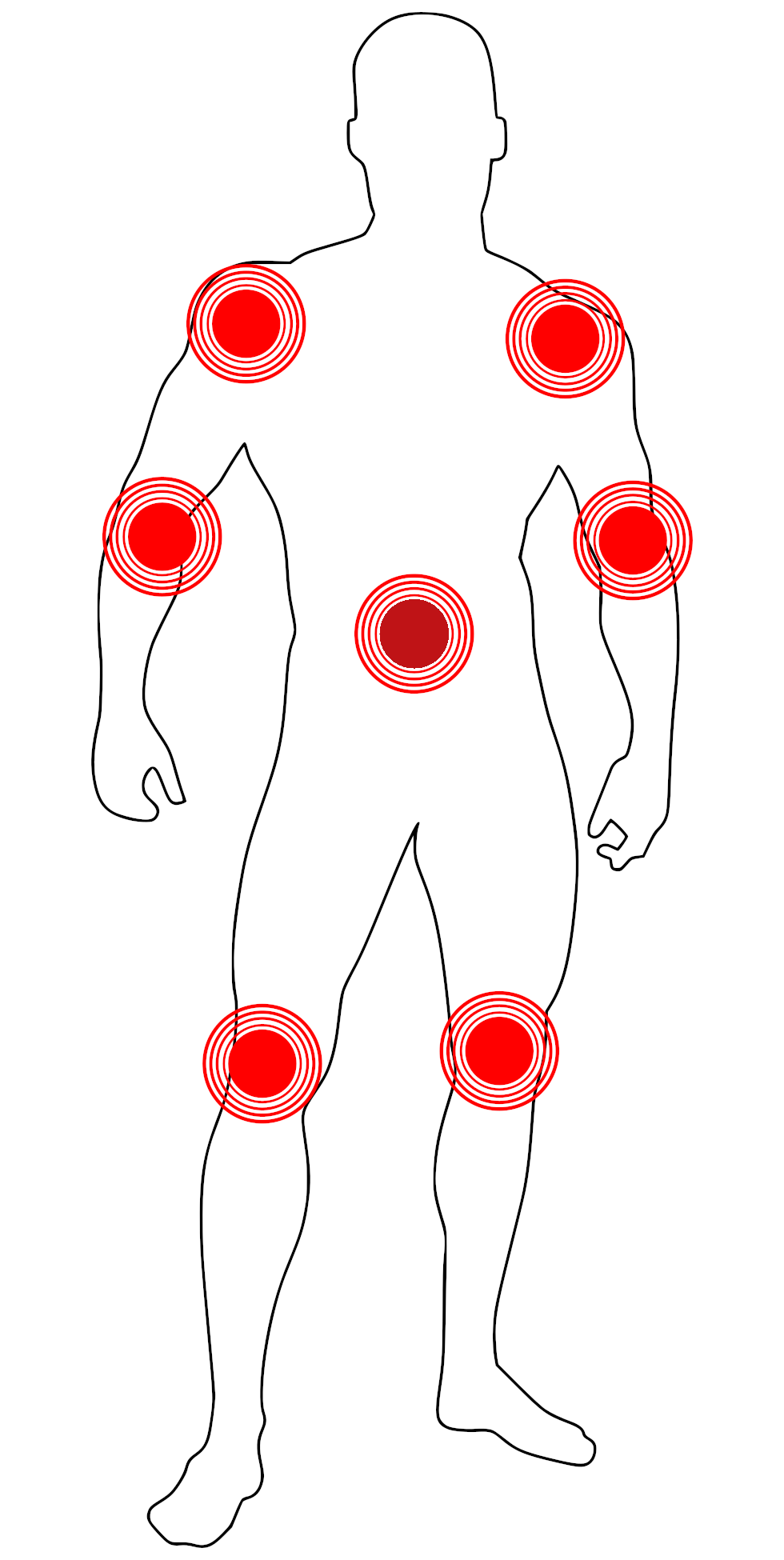
Core to SO many of issues is gut health. Eliminating processed food helps tremendously, but what else can we do to restore gut microbiota?
That narrative has since shifted drastically. While we still love an energizing pre-workout or a smooth protein shake, there has been a major uptick in demand for ingredients and products that focus on optimizing overall, long-term health. Taking the long view, these products are more concerned with keeping the body running effectively, day-in and day-out, rather than simply priming it for the next hour or so.
One of the subcategories that falls under the "general health" umbrella is gut health. Though the tiny bacteria that live in our digestive tract have long been overlooked by supplement manufacturers, increasing amounts of research is finally unveiling how important they are for overall health.
Regulating countless processes...
In an in-depth review published in 2013, Dr. Earmonn Quigley, chief of the Division of Gastroenterology and Hepatology at Houston Methodist Hospital, describes the widespread effects of gut microbiota. These bacteria regulate countless processes, including metabolic functioning, vital nutrient production, bile acid deconjugation, immune health, cognitive functioning.[1] Talk about versatility. The microbiota have influence almost everywhere.
...and dealing with too many modern diseases
With long-reaching influence, however, comes various potential ways to throw gut health out of sync. Eating an imbalanced diet, poor nutrient intake, inadequate sleep, and too much stress[1] can lead to more serious gut-related issues, such as irritable bowel syndrome (IBS), as well as metabolic dysfunction, obesity, and even depression.[1] While maintaining a healthy gut microbiome is integral to staying healthy, potential problems are still too prevalent. Therefore, it's up to us to ensure that we're doing what's necessary to keep gut microbiota - and mechanisms that control it - happy and efficient.
Three important short-chain fatty acids
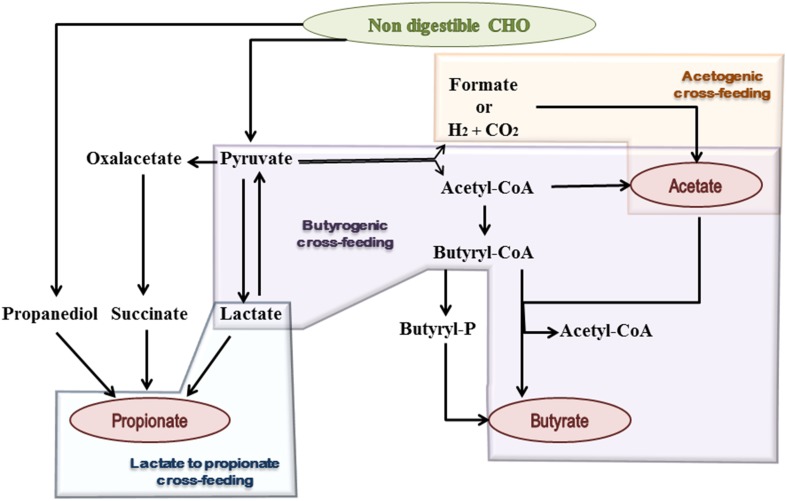
"Schematic representation of microbial metabolic pathways and cross-feeding mechanisms, contributing to SCFA formation in the human gut. Shaded geometric shapes summarize routes of formation for each of the three main SCFA: acetate, propionate, and butyrate."[1]
One of the key intermediary mechanisms between gut bacteria and the processes it influences is the gut's ability to produce short-chain fatty acids (SCFAs), mainly acetic acid, propionic acid, and butyric acid. These acids are produced in the colon during the fermentation of dietary fibers and resistant starches,[2] a process facilitated by gut bacteria. Increasing their presence and effectiveness can be an excellent route to a healthier gut. While SCFAs occur naturally in foods, there are also supplemental options that may be more effective in boosting gut efficiency.
Tributyrin is a precursor of butyrate
Tributyrin is a neutral short-chain fatty acid (SCFA) that has two components - three butyrate molecules and one glycerol molecule. The reason why this triglyceride garners attention is due to the butyrate that forms the bulk of its structure. Butyrate is the conjugate base of butyric acid, one of the main three SCFAs in the intestine that maintains the gut microbiome.[2] Produced alongside acetic and propionic acid as fermentation byproducts during digestion, these three SCFAs work to regulate virtually all mechanisms tied to gut functioning. These acids also serve as a main fuel source for colon cells, ultimately empowering the colon to properly and efficiently break down nutrients so the rest of the body can put them to use.
Acetic, propionic, and butyric acid make up approximately 95% of all SCFA content in the colon,[2] forming as the large intestine processes indigestible fibers. Each one is created via a different mechanism, each of which feeds off the initial conversion of the non-digestible carbohydrate, into pyruvate. In regards to butyrate, bacteria mainly utilize the acetate CoA-transferase pathway. Here, pyruvate is first turned into acetyl coenzyme A (acetyl CoA),[2] which buytric-forming colon bacteria can then break down into butyryl-CoA.[2] Then, in a rather simple single-step enzymatic reaction, butyryl-CoA is converted into butyrate.[2] This entire process is facilitated by some of the more abundant bacteria groups in the intestine, such as Faecalibacterium, Eubacterium, and Roseburia.[2]
Once formed, butyrate is quickly utilized by colonocytes for energy. While this SCFA is metabolized almost as soon as it forms, its effectiveness doesn't stop at providing intestinal support. In fact, butyrate has various benefits outside of the intestines, signaling processes that ultimately influence hemoglobin production, metabolic health, and even cognitive functioning.[3] The operations of butyrate and its precursors, such as tributyrin, can best be categorized into two groups: intra-intestinal and extra-intestinal.
Let's first look at what butyrate does, specifically within the digestive tract.
Intra-intestinal effects of butyrate
Though butyrate makes up only 15% of all SCFA production in the colon, its relative concentration does not speak to its importance. Immediately absorbed by colonocytes, butyrate helps facilitate the many things these cells do.
-
Fortifies intestinal walls and intestinal operations
Butyric Acid vs. Butyrate. With tributyrin, we'll have three butyrate molecules attached to glycerol.
Considering that colonocytes metabolize buyrate for energy, it should come as no surprise that the SCFA is responsible for supporting the strength of these cells, and thus, the colon itself. The digestive tract is protected by a mucosal barrier that serves as a wall of sorts,[4] helping separate the colon from potential toxins and bacteria that lie outside of it. It's possible for this lining to "crack," allowing unwelcomed substances into the colon and resulting in what doctors and scientists are beginning to call a "leaky gut".[5] This can lead to the development (or worsening) of several problems, such as inflammatory bowel disease, celiac disease, diabetes, and autoimmune issues.[5] Though the "leakiness" of one's gut is influenced by factors outside of just the gut microbiota (diet, for example, is a key variable), having enough healthy bacteria to support the intestinal wall can go a long way to uphold its integrity.
In a 2007 edition of Pediatric Research, a team of researchers from Mount Sinai School of Medicine in New York and Shanghai Jiaotong University School of Medicine in Shanghai, China, published a study focused on the effects of butyrate on the intestinal barrier. They found that butyrate is extremely important in protecting the intestine and maintaining its function. However, the findings depended on the dose -- low concentrations of butyrate are beneficial for intestinal integrity, but too much butyrate can be problematic.[6] Noting that further research is needed to determine what these amounts are in vivo, the relationship is clear. At normal levels, butyrate fortifies the intestinal barrier, though it has a point of diminishing returns.
You don't want too little, but you also don't want too much.[6] No major dosing required (500mg-1g per day is what is suggested lower down in this article)
Intestinal maintenance has tangible effects, as well. In a randomized trial published in Neurogastroenterology and Motility in 2009, a team from the Netherlands found that butyrate increased intestinal function while decreasing pain and discomfort,[7] suggesting that butyrate could potentially alleviate symptoms of issues like irritable bowel syndrome (IBS) or ulcerative colitis (UC).[7]
-
Facilitates electrolyte absorption
Research published in a 2002 edition of Physiological Reviews notes that butyrate absorption in colonocytes significantly raises NaCl (salt) absorption at the intestinal level, promoting the uptake of an electrolyte that plays a major role in maintaining electrolyte balance.[8] It also helps attenuate intestinal chloride secretion,[8] which is also beneficial. According to a team of researchers from Johns Hopkins Medicine, Department of Gastroenterology and Hematology, intestinal chloride secretion increases in the presence of digestive issues like diarrhea.[9] As noted by a team from Yale University, the pro-electrolyte effects of butyrate are far superior to that of other SCFAs produced in the intestines.[10]
-
Inhibits the proliferation of damaging cells
In addition to increasing electrolyte uptake, butyrate also enables proper cellular proliferation and differentiation. In a 2006 study published in the Journal of Cancer Research and Clinical Oncology, in vitro tests found that butyrate significantly inhibited proliferation, while increasing apoptosis, in carcinoma cells.[11] Alternatively, when tested with normal, non-cancerous cells, butyrate did not interfere with normal proliferation.[11] In other words, butyrate has an inhibitory effect on colon cell growth, but only when those cells are cancerous.
Butyrate (the second bar) improved sodium electrolyte absorption more than the other short-chain fatty acids.[10]
Further research seems to have identified the mechanisms at the heart of this astounding effect. Butyrate inhibits histone deacetylase (HDAC), an enzyme that regulates protein functioning central to the development of cancerous cells.[12] Another study, published in Molecular Cancer in 2010, found that butyrate also downregulates Neuropilin-1 (NRP-1), a gene whose expression has been shown to promote colon cancer.[13] If that's not enough, there may be yet another mode by which butyrate prevents the growth of cancerous cells. Research published in Mutation Research in 2009 suggests that the SCFA increases the activity of detoxifying enzymes like glutathione-S-transferases (GSTs), a line of genes that help protect cells from carcinogens.[12]
Capable of conditionally suppressing cellular proliferation in the face of dangerous cells, butyrate works to ensure that the colonocytes present are the ones that should be there. Protecting against the formation of damaging cells while encouraging the growth of fully-operational ones, butyrate protects the colon at the most basic level.
-
Anti-inflammatory action via HDAC suppression
The inhibition of HDAC activity reaches further than cellular proliferation. That's due in part to a shared signaling with the nuclear factor kappa B (NF-kB) pathway, which is considered one of the most prominent proinflammatory signaling pathways in the body. Its activity stimulates proinflammatory cytokines such as interleukin (IL-1) and tumor necrosis factor ⍺ (TNF⍺).[14] As gut issues like colon cancer, inflammatory bowel syndrome (IBS), ulcerative colitis (UC), and Crohn's disease bring about serious inflammatory and immune-based issues, the NF-kB pathway is known to be significantly upregulated when dealing with these problems.[15,16] As such, there seems to be a link between gut microbiota and this pathway, with research suggesting that butyrate plays a major role in that interplay.
In a study published by a team from the Department of Molecular Biology at the University of Connecticut in 2000, butyrate was shown to inhibit NF-kB activity through TNF⍺ suppression.[17] The scientists saw that this inhibition was very similar to that of trichostatin A, which like butyrate is a deacetylase inhibitor. This led the team to suggest that the HDAC suppression abilities of butyrate are responsible for this effect. It's a hypothesis that makes sense. A 2013 study from PLOS One found that HDACs and NF-kB signaling coordinate disease-related gene expression in human epithelial cells following infection.[18]
-
Crohn's disease and ulcerative colitis implications
These effects have been tested in colon-specific instances as well. In a 2000 study published in Gut, researchers assessed the potency of butyrate on isolated cells from patients with Crohn's disease. They found that when treated with butyrate, biopsy specimens and isolated cells displayed decreased TNF⍺ production and proinflammatory cytokine expression.[20] They then decided to test the results in a mice model, using rats with induced colitis. Sure enough, the team saw an attenuation of colitis-related symptoms, driven by NF-kB suppression.[20]
Such anti-inflammatory benefits have been tested in humans as well. In 2003, researchers from the Università di Roma La Sapienza in Rome treated 51 patients dealing with ulcerative colitis with one of two treatments. The first involved a common UC treatment option known as 5-aminosalicylic acid (5-ASA), while the other included both 5-ASA and butyrate. They found that the joint treatment significantly improved disease symptoms, when compared to 5-ASA treatment alone.[19]
Butyrate at work outside the intestines
-
May help reduce symptoms of diet-related obesity
One of the more interesting potential influences the SCFA has on the rest of the body concerns a person's weight. Obesity is a prevalent issue in today's world. Poor eating and exercise habits are not only extremely common components of an individual's daily routine, but they're rather easy to submit to, even if you try to live a healthy lifestyle. Not only do these bad habits, in excess, lead to issues, like obesity, but they also throw the operations of the colon out of sync. Poor gut health and obesity don't necessarily go hand-in-hand, but they are inexplicably linked.[21]
The effects of butyrate reach further than just the intestines, which is unsurprising considering the importance of the colon.
In a 2009 edition of Diabetes, researchers published an investigation of butyrate and its potential to fight against diet-induced obesity in mice. Adding sodium butyrate to the diet of the test mice, at a daily dosage of 5 grams per kilogram of food, the scientists found that after five weeks, those receiving treatment lost 10.2% of their body weight, almost all of which was fat mass.[22] They determined this to be a rest in a butyrate-induced spike in caloric expenditure, itself driven by the SCFA's ability to activate 5' adenosine monophosphate-activated protein kinase (AMPK) and inhibit histone deacetylases.[22]
Not only did the study authors see significant changes in body weight, but they also observed a 30% reduction in fasting blood glucose and 50% reduction in insulin resistance.[22] High blood sugar and poor insulin sensitivity, sometimes tangential to obesity, can be standalone issues themselves. So this result suggests butyrate may improve insulin sensitivity and nutrient absorption.
-
Potential neuroprotective action
Further illustrating the global role of the colon, butyrate also has shown signs of being a neuroprotectant. In 2009, a study published in the Journal of Neurochemistry found that butyrate stimulated neurogenesis through increasing cellular activity of brain-derived neurotrophic factor (BDNF) in mice with cerebral ischemia.[23] Another study, published in Frontiers in Immunology in 2018, found that increased butyrate production (via a high-fiber diet) decreased inflammation and other markers of age-related cognitive dysfunction in mice.[24]
The catch? Butyrate is metabolized too quickly
Butyrate facilitates a healthy gut, which in turn potentially has benefits in terms of gut-related issues, inflammation, obesity, and cognition. However, one can't leverage those benefits simply by eating more fiber and/or supplementing with butyrate.
While prebiotics and other high-fiber foods provide gut bacteria with the fuel it needs to create butyrate and the other SCFAs, simply supplementing with butyrate is extremely ineffective in boosting butyrate concentrations in the body. What makes it so useful for the colon is what also makes it an inefficient orally-dosed supplement. Butyrate is metabolized too rapidly by colonocytes, leaving plasma concentrations too low to yield any of its effects, assuming a realistic dosage is used.[25-27] It's simply too difficult for humans to consume enough butyrate to really obtain any benefit.
That, however, doesn't mean all hope is lost...
Tributyrin - a pharmacokinetically-improved butyrate
There happens to be a way to circumvent the almost immediate breakdown of butyrate once its present in the colon, and it involves attaching the SCFA to a compound that allows it to move into the bloodstream.
Tributyrin is a prodrug of butyrate, containing three butyrate molecules and one glycerol molecule.[28] The presence of glycerol ultimately makes it biologically inactive prior to metabolization. Only upon being hydrolyzed by lipases does it separate the butyrate molecules from the glycerol.[28] This allows it to diffuse through biological membranes, entering the bloodstream and reaching cells that contain the lipases necessary to metabolize it.[28]
In simple terms, tributyrin is a time-released variant of butyrate with higher therapeutic benefit. Bonded to glycerol, it's capable of bypassing the mechanisms that typically metabolize butyrate and reach the bloodstream. From there, it's shuttled to various cells and broken down over time, slowly releasing the bioactive SCFA and thus, leveraging its benefits.
Superior to butyrate as a supplement
Research supports the notion of superior pharmacokinetics of tributyrin compared to butyrate. In 1998, research published in the International Journal of Oncology tested tributyrin against sodium butyrate in their effects of colon cancer cell proliferation. They found that tributyrin suppressed tumor cell growth in a dose-dependent manner, doing so to a higher degree than equal doses of butyrate.[29] In a 1999 study published by researchers from the University of Pittsburgh Cancer Institute, mice were treated with equivalent doses of either oral tributyrin, or intravenous sodium butyrate. They found that the mice treated with tributyrin not only reached pharmacologically relevant plasma butyrate concentrations faster than those given sodium butyrate, but they also maintained those levels for a longer period of time.[30]
These studies highlight a more biologically active form of butyrate, suggesting that its molecular construction ultimately allows it to yield effects that, when dosed orally, butyrate alone simply cannot.
Let's dive into research that talks more to what oral tributyrin supplementation brings to the table.
Benefits of tributyrin
-
Delivering the effects of butyrate
Of course, the discussion regarding tributyrin supplementation revolves around its relationship to the core workings of butyrate itself. Because tributyrin contains butyrate molecules, one would expect that any of the benefits of butyrate activity that we've already discussed would apply here, too.
-
HDAC inhibition-mediated gut support
Sure enough, this seems to be the case. In a 2013 edition of the Journal of Parenteral and Enteral Nutrition, tributyrin ingestion was found to maintain intestinal barrier integrity in mice with damaged gut health.[31] In 2011, Brazilian researchers published a study in the Journal of Nutritional Biochemistry that assessed the effects of SCFAs in mice white blood cells, specifically focusing on proinflammatory cytokines. They reached expected conclusions when inspecting butyrate - inflammatory attenuation mediated by HDAC inhibition.[32]
The researchers took things a step further, however, as they then administered tributyrin to mice in hopes of seeing similar results to what the in vitro study found. Observing higher cellular activity around the abdomen, the scientists found that the production of proinflammatory cytokines was significantly suppressed in mice previously given tributyrin.[32]
Research published in a 2017 edition the Journal of Gastroenterology and Hepatology reached conclusions that speak to tributyrin's effects on the intestines themselves. In this study, scientists induced intestinal irregularities by feeding mice an ethanol-containing diet for 10 days. The mice were split into two groups - one was also given tributyrin while the other was used as a control. They found that the consumption of tributyrin maintained immunoreactive staining intensity of tight-junction (TJ) protein complexes,[33] suggesting that the prodrug attenuated the damaging effects ethanol has on the intestines, specifically intestinal permeability, also known as "leaky gut."[33]
-
Improves metabolic functioning
In terms of its activity against obesity, tributyrin is capable of what butyrate has shown above. In 2012, research published in the American Journal of Physiology - Endocrinology and Metabolism, researchers assessed the potency of tributyrin in relation to metabolic health. Using mice, they randomly created four groups - one was fed a normal diet, the second was given a normal diet with tributyrin, the third was fed a high-fat diet, and the fourth consumed a high-fat diet with tributyrin. The supplement was administered at a dosage of 2 grams/kilograms of body weight every 48 hours for 10 weeks.
After testing, the team found that tributyrin reduced weight gain in the mice that were fed a high-fat die, with those receiving tributyrin seeing roughly 40% less weight gain and 20% less fat mass gain than those that just had the high-fat diet.[34] They also found that between the high-fat diet groups, the mice that consumed tributyrin had superior insulin sensitivity.[34] It's worth noting that between the normal diet group and normal diet with tributyrin group, no significant differences in these metrics were found.[34]
In a 2015 study published by PLoS One, a team of researchers from Nanjing Agricultural University in China tested the metabolic effects of butyrate through tributyrin supplementation in neonatal piglets. To do so, the researchers fed tributyrin to 16 growth-impaired neonatal piglets (with insulin resistance and altered lipid levels) and compared various metrics to eight healthy neonatal piglets. They found that administering tributyrin to the test group increased insulin sensitivity and lipid metabolism in the liver, which significantly improved the animals' metabolic functioning.[35]
Tributyrin shows strong anti-obesity effects in mice, especially on high-fat diets. This may have major implications for low-carb dieters especially.[34]
These findings were supported by a 2019 study published in the Journal of Animal Science and Biotechnology. In this analysis, 36 piglets were fed a diet with tributyrin supplementation, while another 36 received the same diet without treatment. After 14 days, the researchers saw various improvements that help explain the potential insulin sensitivity improvements. The piglets that were fed tributyrin had higher mitochondrial DNA content, mRNA activity, and increased AMPK activity than the control group.[36] Because AMPK activation increases insulin sensitivity,[37] this study demonstrates the powerful capabilities tributyrin may have as a mediator of metabolic dysfunction.
-
Cognitive support
The cognitive effects of butyrate may carry over, as well. A review in a 2016 edition of Neuroscience Letters discussed the link between well-functioning gut microbiome and brain health, noting the neuroprotective effects of butyrate. Because tributyrin ingestion has been shown to increase butyrate levels in the body, this review suggests that supplementing with the prodrug could be an effective way to leverage cognitive benefits.[38]
A stronger gut, less inflammation, improved metabolic functioning, and neuroprotective effects? Looks like tributyrin does all that butyrate can do, but in a more efficient and realistic manner!
-
-
May help promote muscle growth
At the cellular level, muscle growth and repair relies mainly on the ability of muscle-bound stem cells to activate and fuse into myofibers.[39] The rate at which this happens is variable, however. For instance, it's at its highest during the neonatal stage, when the body is growing at an incredibly fast rate. Myogenesis has also been shown to be suppressed by HDAC,[40] suggesting that HDAC inhibitors, such as tributyrin, could promote muscle growth.
To test this theory, researchers from the University of Maryland Department of Animal and Avian Sciences constructed neonatal and nursery piglet models in a 2018 study. During the neonatal stage, they split the piglets into three groups. The controls received a standard formula while the second and third groups received the formula containing tributyrin at either a 0.25% or 0.50% concentration. They found that after 21 days, the piglets given tributyrin had a 40% increase in DNA-to-protein ratio, suggesting higher potential for muscle growth.[39]
To understand the continued effects of tributyrin supplementation, phase two of the study expanded into the nursery phase. In a 2x2 factorial treatment, neonatal piglets were fed either a standard formula or a formula supplemented with 0.50% tributyrin for 21 days. They then transitioned into one of two nursery diets. One was standard while the second continued tributyrin supplementation at the same dose. They found that tributyrin increase muscular growth by 10% in the larger loin eye area during the neonatal phase,[39] though no significant effects were seen in the nursery phase.[39]
While this study demonstrates the mechanisms by which tributyrin is capable of promoting muscle fiber hypertrophy, there's evidently a clear window of opportunity to do so. The researchers concluded that this potential to induce muscle growth is best leveraged during times when the body is primed for growth, such as during early-life stages.[39]
-
Potential sleep improvements
In May 2019, a study published in Scientific Reports hypothesized that because gut microbiota are influential in regulating brain activity, supplementing with tributyrin effect signals related to sleep. The researchers decided to conduct their assessment using mice, administering the compound and testing metrics that could help explain a gut-related sleep promotion. They found that tributyrin increased non-rapid-eye movement sleep (NREMS) for four hours after treatment by 50%.[41]
After tributyrin administration, some interesting sleep parameters changed, including improved non-rapid-eye movement sleep (NREMS) in the first four hours and increased temperature / thermogenesis later on.[41]
Now, don't misconstrue this finding. This study isn't suggesting that tributyrin has potential as a sedative. But it does further illustrate how influential gut microbiota is on our health, as well as how effective tributyrin could be in supporting it. If your gut health is out of sync, it's likely a few other things (such as neurotransmitter production) aren't working properly, either. Leveraging tributyrin for gut support could improve these other mechanisms, as well as actions they control, such as sleeping.
One big caveat
We'd like to point out a major note about many of the studies that have tested the effects of tributyrin.
Unfortunately, the amount of human research involving this compound is severely lacking, with most studies performed either in vitro or with animals. While these constructs have produced encouraging results, they don't make as strong of a case for supplementation as human research would. We'd prefer to see these effects in humans before fully backing many of these benefits, despite the potential in what is already out there.
That said, the mechanisms that butyrate interacts with are clear. The SCFA plays a crucial role in regulating gut microbiome and its associated functions. What's been presented to us makes sense - the gut has wide-reaching effects, butyrate helps facilitate those effects, and tributyrin delivers butyrate to the body. However, conclusive benefits of tributyrin supplementation in humans have yet to be published. We're excited for when they are!
Dosage and safety
If you're considering exploring tributyrin supplementation, there do not seem to be any toxicity concerns discussed in existing research.[42] Tributyrin and butyrate supplementation has been extremely well-tolerated, showing virtually no adverse effects at rather high doses.[42]
While the lack of human research prevents us from solidifying a clinical dose, the few existing human studies suggest that something between 500 to 1000 milligrams per day is sufficient. This dose could be split over the course of the day, as well, perhaps in an effort to create a sustained release of butyrate in the bloodstream.
Interested in tributyrin? Check out NewBiome from NNB Nutrition
Despite its relative novelty in supplements, there are a few tributyrin formulations available for those looking to take advantage of the butyrate prodrug. One of our favorites at PricePlow comes from none other than NNB Nutrition!

NNB Nutrition's NewBiome brings a neutral flavor/smell, improved solubility, and is sold as a powder and oil for any type of application! See more at NNBNutrition.com
It's almost impossible to discuss innovative, forward-thinking, high-quality ingredients in sports supplements and not mention NNB. This industry leader in ingredientology leverages an intelligent team of scientists and formulators who consistently create some of the industry's most ingenious products. NewBiome, the brand's patented variant of tributyrin, is the latest in a long line of such ingredients.
The NewBiome Advantage
Packing all of the standard NNB characteristics - lab-tested, unadulterated, top-level quality - NewBiome delivers pure tributyrin to your daily regimen, and allows for flexible dosing to achieve the suggested 500 to 1000 milligram daily dose. One can take NewBiome as is, integrating it into their daily diet for an additive hit of the potent SCFA. Alternatively, product formulators can leverage the ingredient in larger-scope, comprehensive gut-health promoting labels and products.
What makes NewBiome better? Solving the taste/smell challenge
There are a few major issues with butyrate and tributyrin, but the most critical one is the taste and smell. In its raw form, tributyrin literally smells and tastes like vomit. In act, butyrate is what's responsible for the taste/smell of vomit or rancid dairy/cream.

NNB Nutrition is an innovative ingredient-development company with an elite team of over 100 scientists from more than 10 countries. They worked incredibly hard to make tributyrin mix well but not taste or smell awful!
NNB worked heavily on NewBiome's taste profile. They were able to give it a neutral taste, which can be formulated to any taste or flavoring system. They chose not to pre-flavor it, since some consumers may find pre-flavored forms nearly as off-putting as the tributyrin itself -- and pre-flavored tributyrin does not allow formulators to add their own flavor to it.
Solubility: available in powder and oil forms
With NewBiome, NNB also worked extensively on its solubility. It can be sold as a powder or an oil. The powder is based upon a prebiotic fiber (tapioca) and is resistant to any glycemic response. They further improved stability so that it holds up to heat, light, and oxygen, and won't go rancid over time (which would otherwise bring back tributyin's smell).
These innovations show NNB's dedication to producing and improving difficult-to-create ingredients, just like the rest of their product profile:
NNB: Constant and consistent innovators in the supplement ingredient industry

When looking for quality MCT Powder, C8 (caprylic acid) is the way to go, and C8Vantage from NNB Nutrition is where to get it.
NNB has grown quite an extensive profile of ingredients that encompass various areas of health. Their patented GlucoVantage and patent-pending MitoBurn tackle metabolic health, while ZinjaBurn and CurcuPrime take aim at inflammation. They've also previously addressed mitochondrial functioning with MitoPrime and even ketone production with C8Vantage. NNB has now entered the fold in the growing market of gut health, and based on what we've come to expect, NewBiome should be a top-notch option there, too!
The gut microbiome: central to human health
Health and wellness is a vast field, composed of numerous aspects of our daily lives, including diet, sleep, physical activity, stress management, and more. However, considering what we have direct influence over, the concept of health and wellness shrinks in scope. The body isn't composed of independent mechanisms and trillions of cells that work alone. It's a machine built upon a collection of harmonious systems — and if one is out-of-sync, it can have a cascading effect on other areas of wellness. Core to it all is our diet, and that determines our gut health, which we learn is increasingly important every year.
Conclusion: Get your gut right with tributyrin
"Gut health" has become somewhat of a buzzword in the world of health and wellness. And while some of these trendy topics are often embellished, it's certainly not hyperbolic to say that a well-functioning gut is imperative for optimal health. A healthy digestive tract goes much further than simply facilitating digestion, with wide-reaching influence that touches the immune system, the brain, and metabolism. It serves as a table-setter of sorts, in that its condition makes it possible for other systems to remain healthy, as well.
While the gut microbiome is composed of various bacteria that serve different purposes, it uses many of them to generate SCFAs that not only support the intestinal wall, but also help signal many of the processes that the colon influences. While these acids are formed when fiber-rich foods are fermented by stomach bacteria, one can choose a more direct route in fomenting SCFA levels by supplementing with the acids themselves.
Of course, it's important to be smart when doing so. Butyrate, one of the most influential SCFAs, is difficult to supplement because it's rapidly metabolized by the colon. Tributyrin, a butyrate prodrug , is capable of delivering butyrate to the stomach and bloodstream, allowing for efficient delivery of anti-inflammatory, metabolic-improving, and neuroprotective effects. This is what makes NewBiome the next generation of gut health supplements.
When searching for ways to optimize gut health, it's best to start by making smart nutritional decisions. After that, introducing something like tributyrin can go a long way in promoting a healthy gut microbiome —and a healthier you!
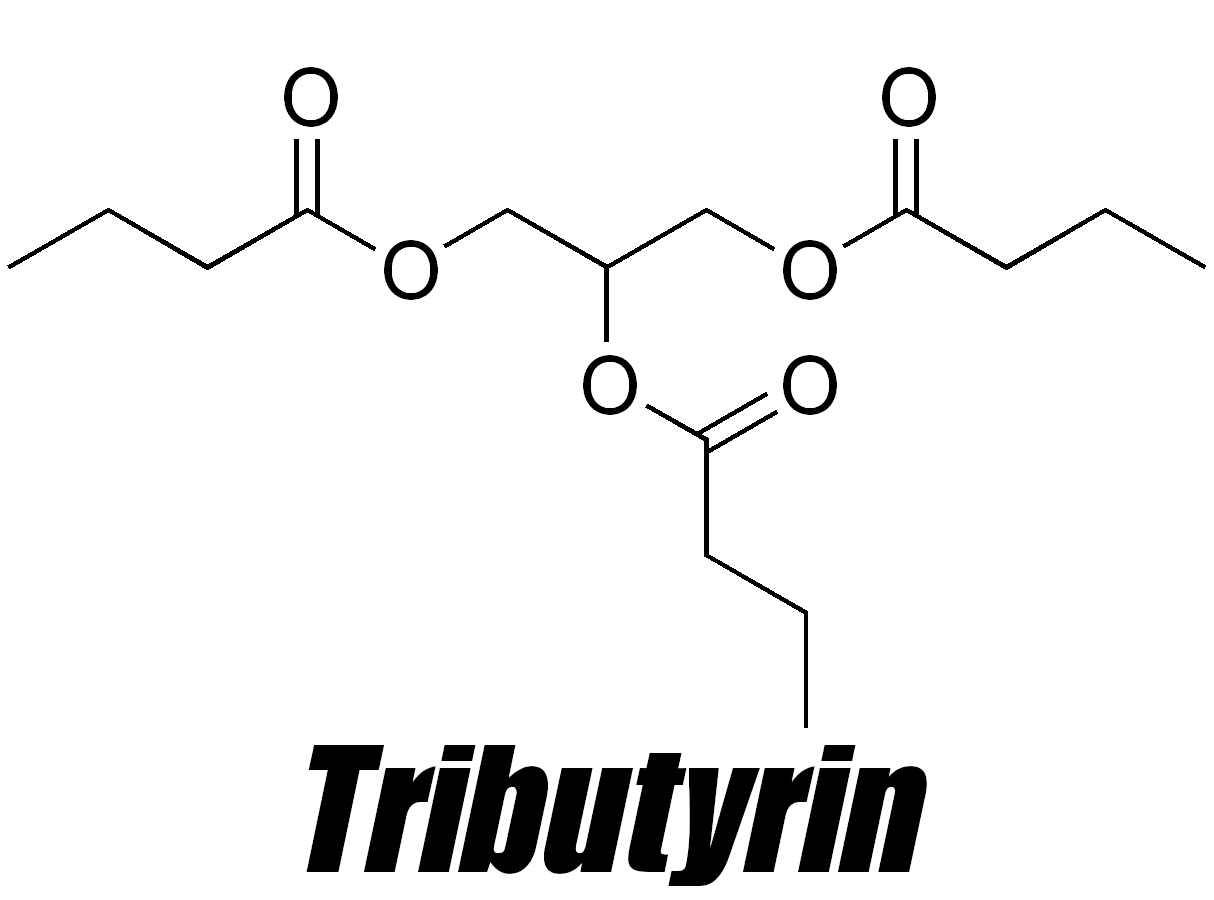
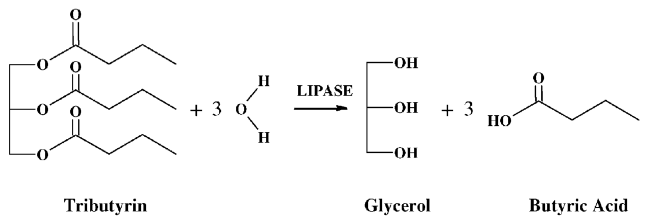
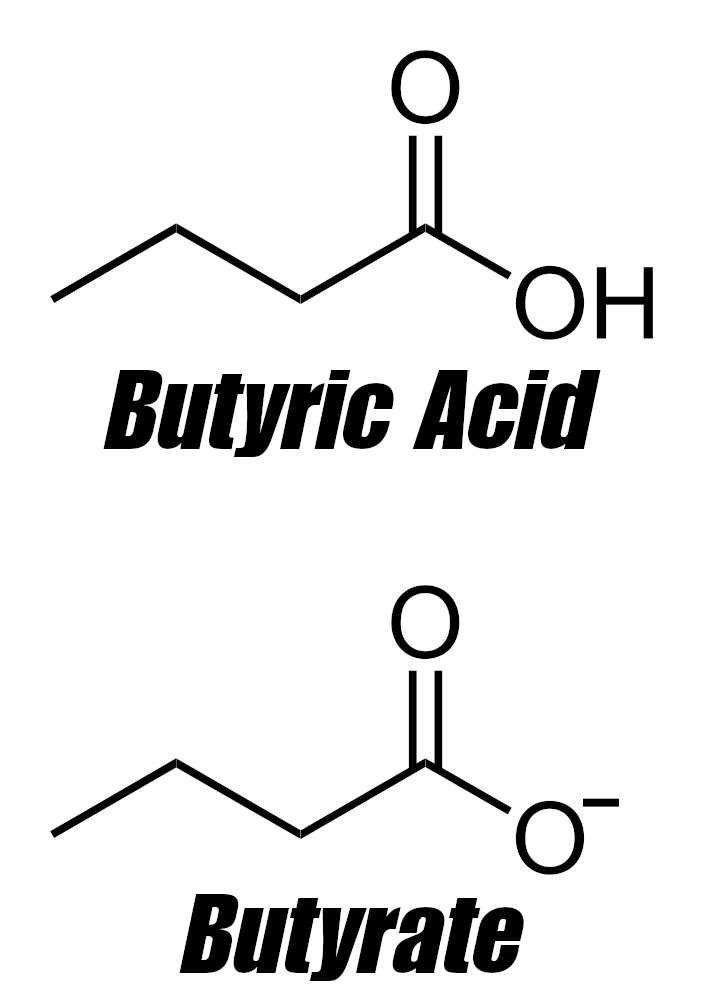

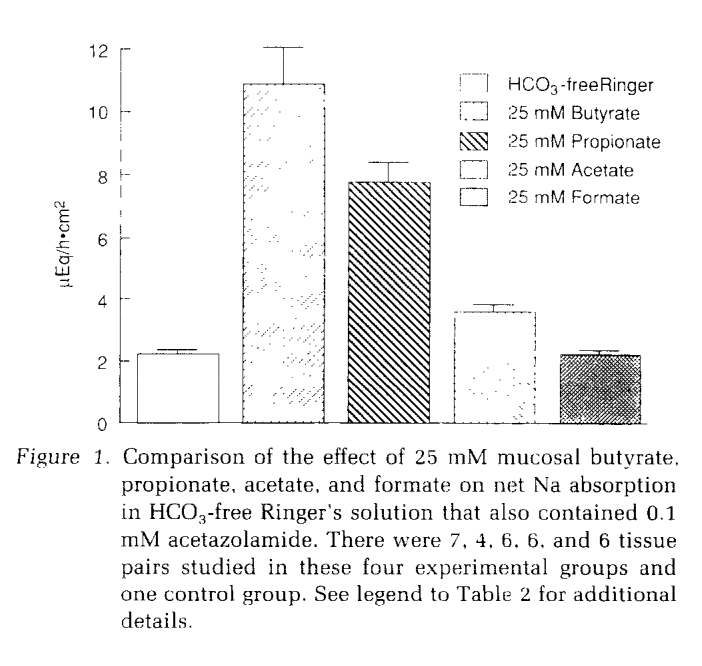

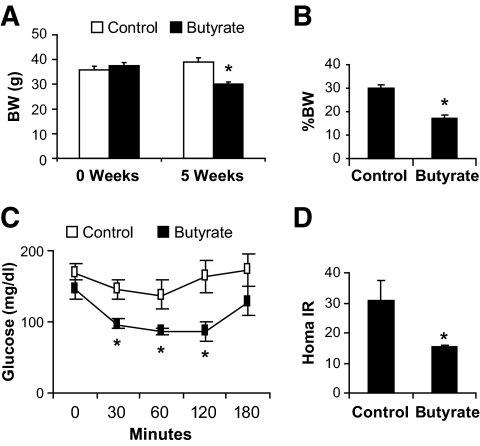

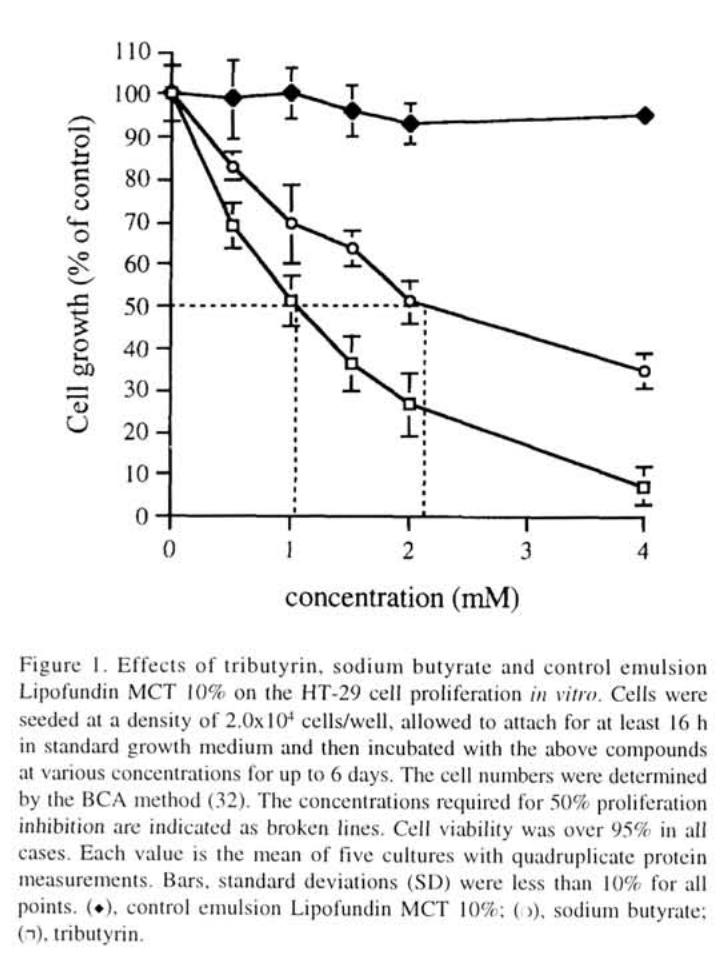
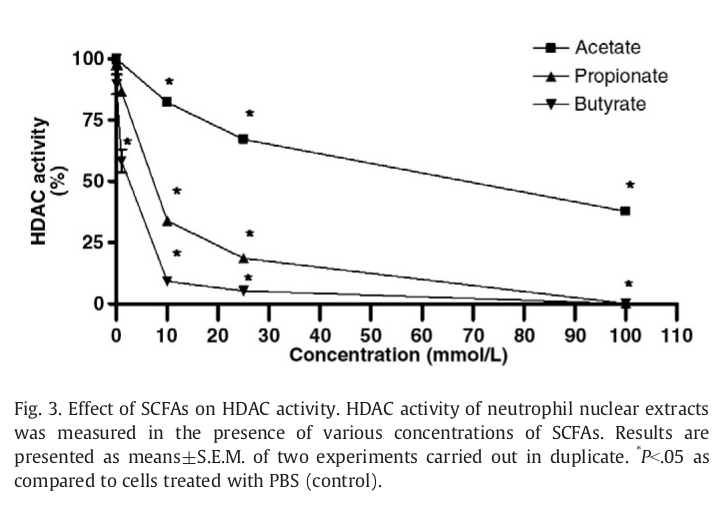
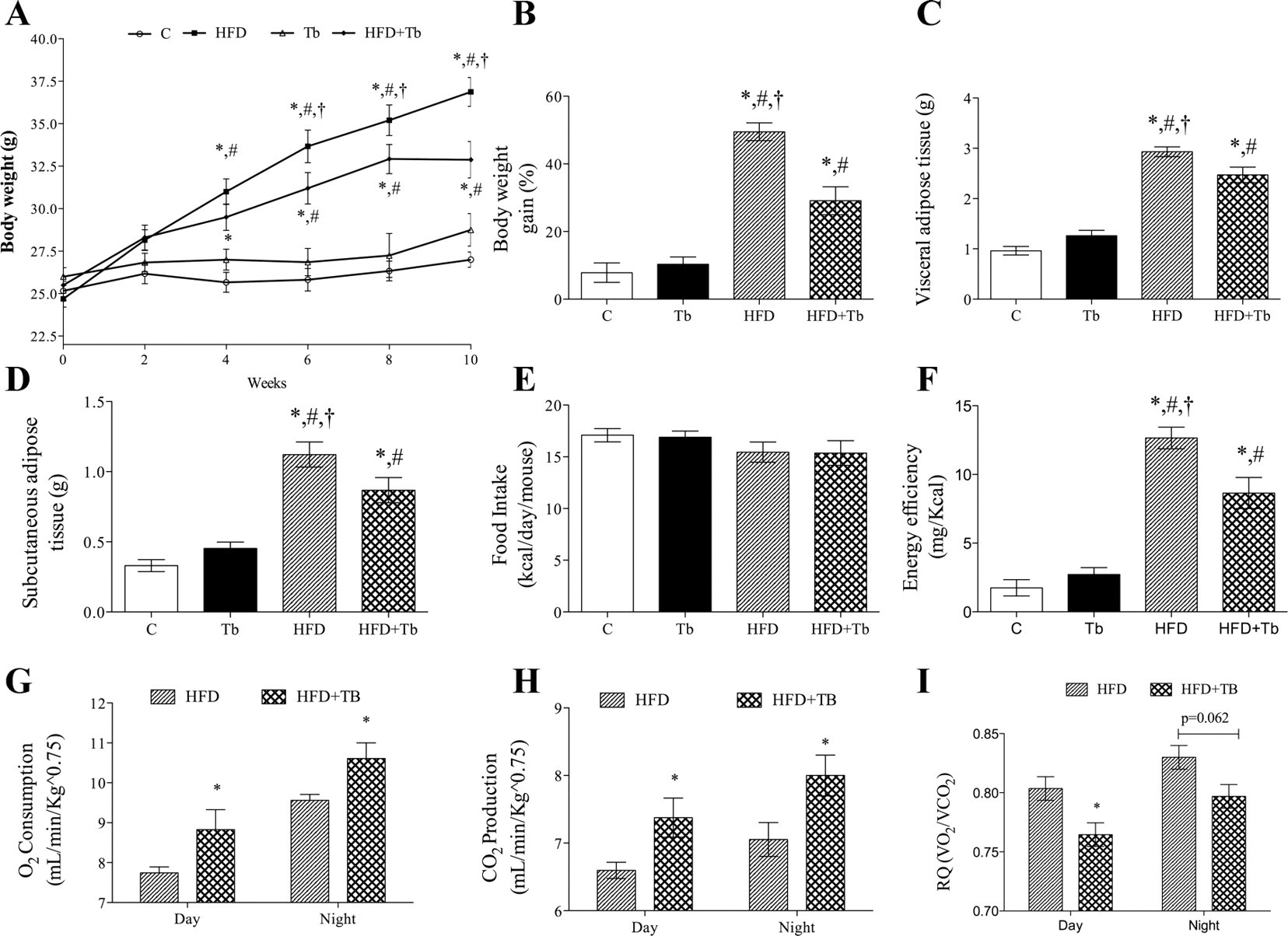
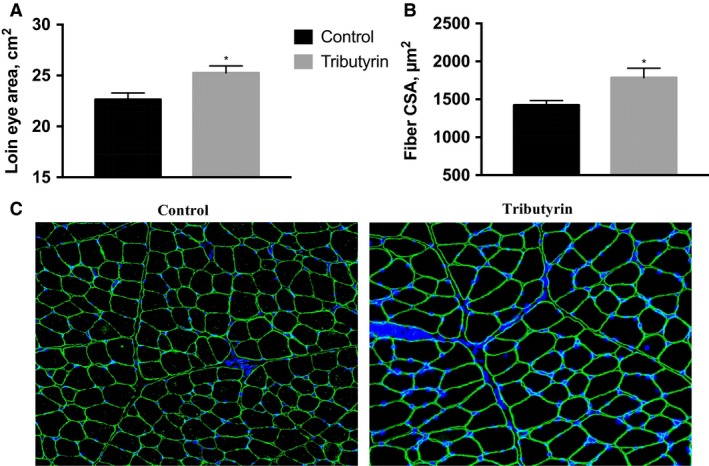



Comments and Discussion (Powered by the PricePlow Forum)